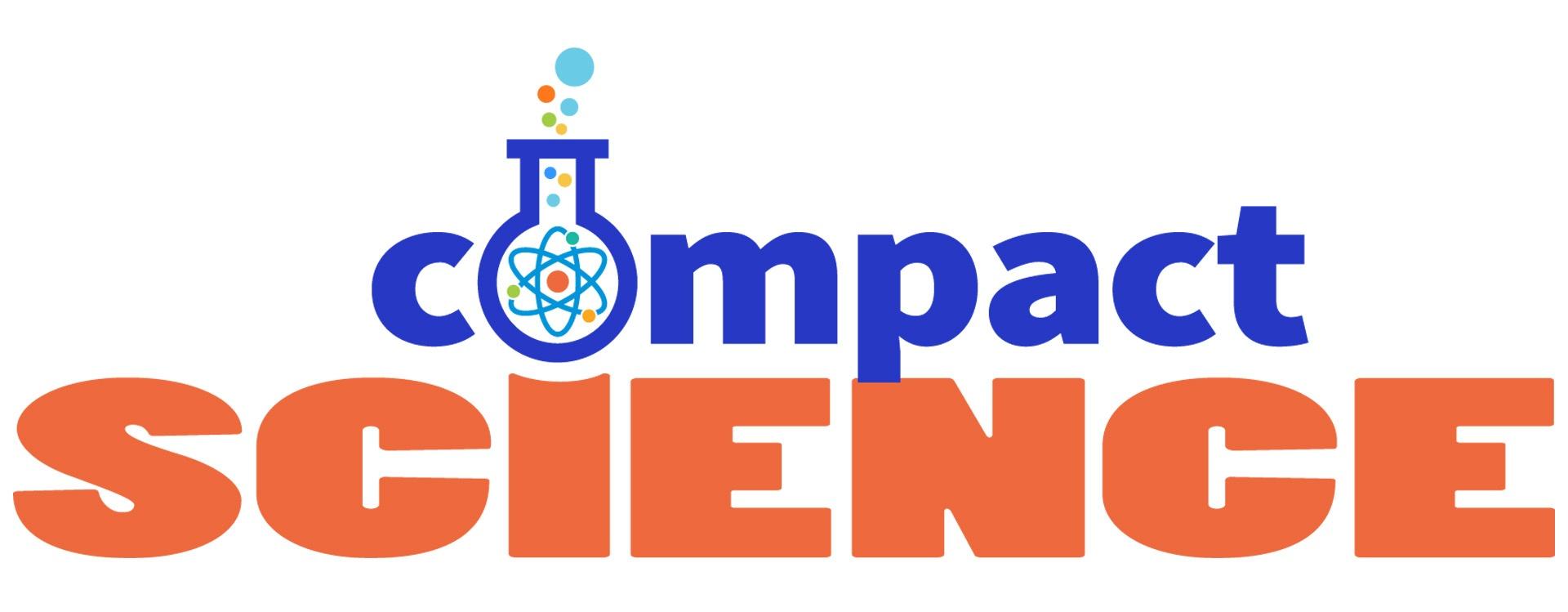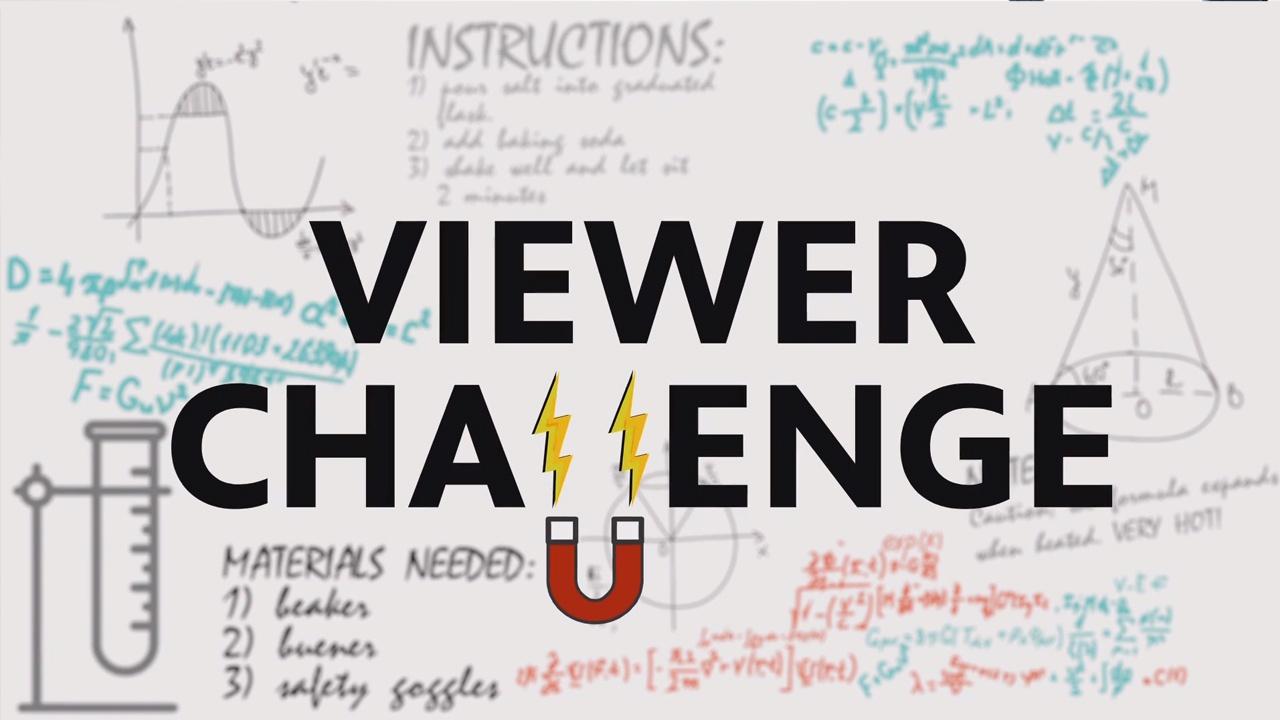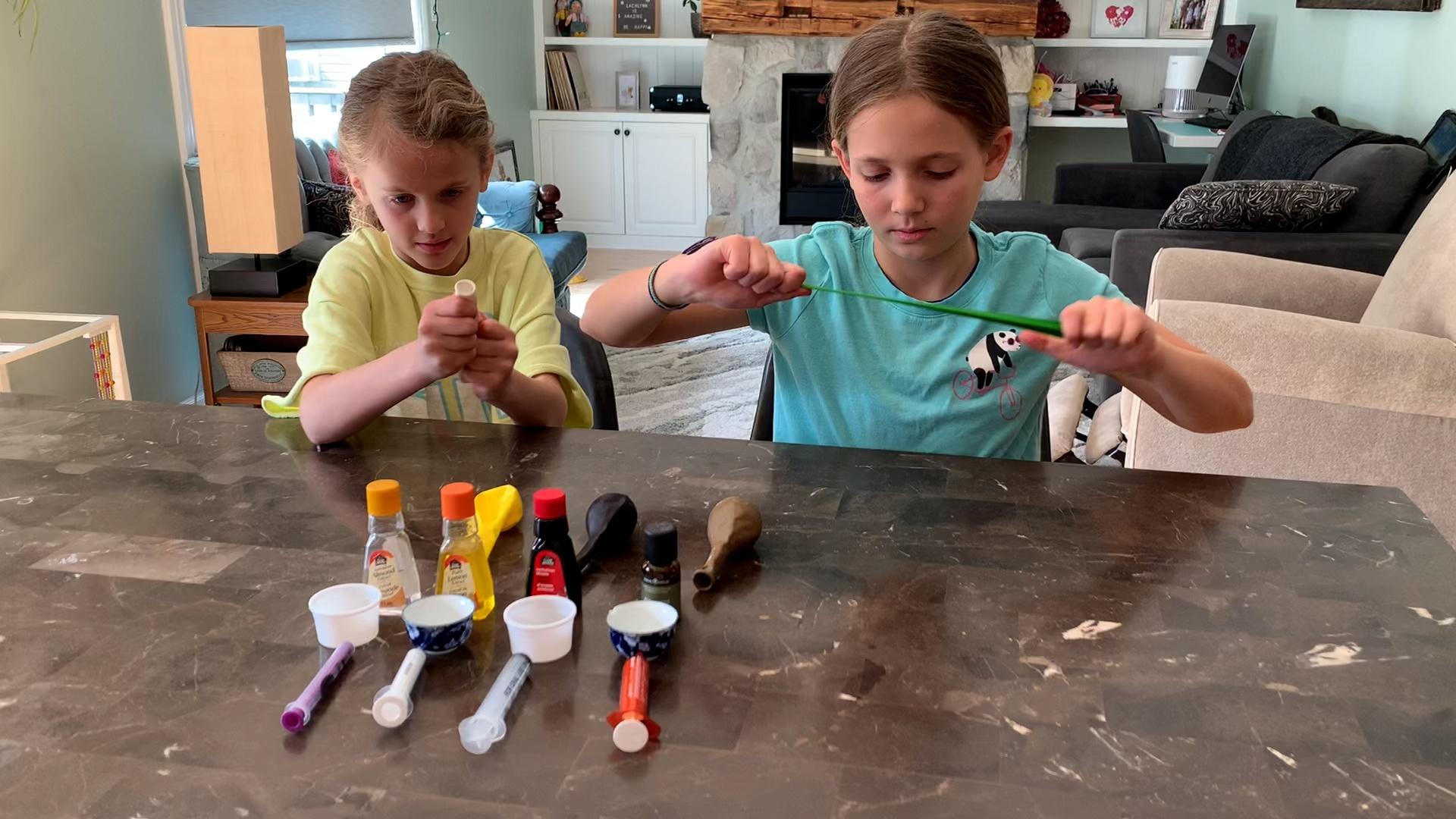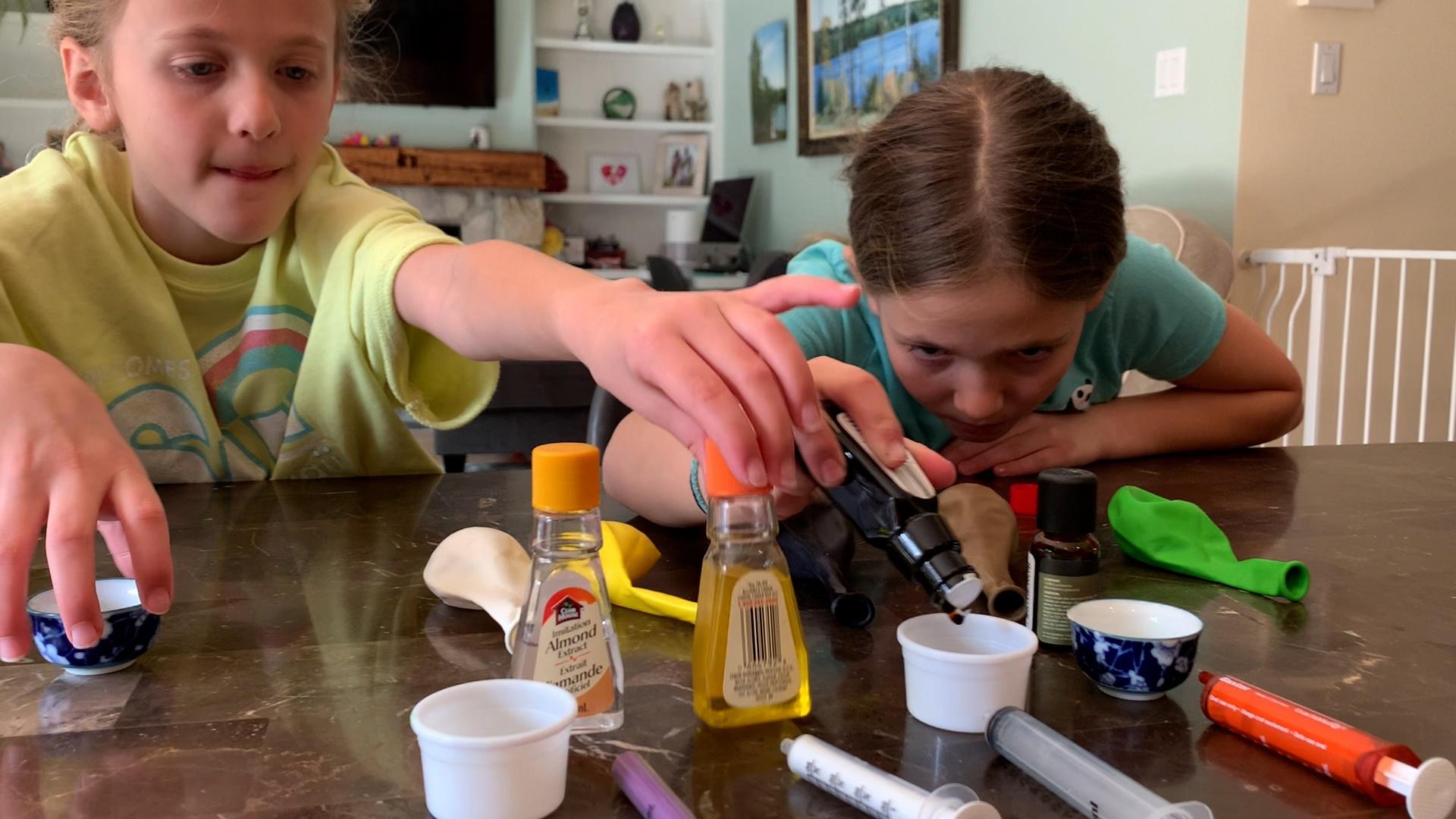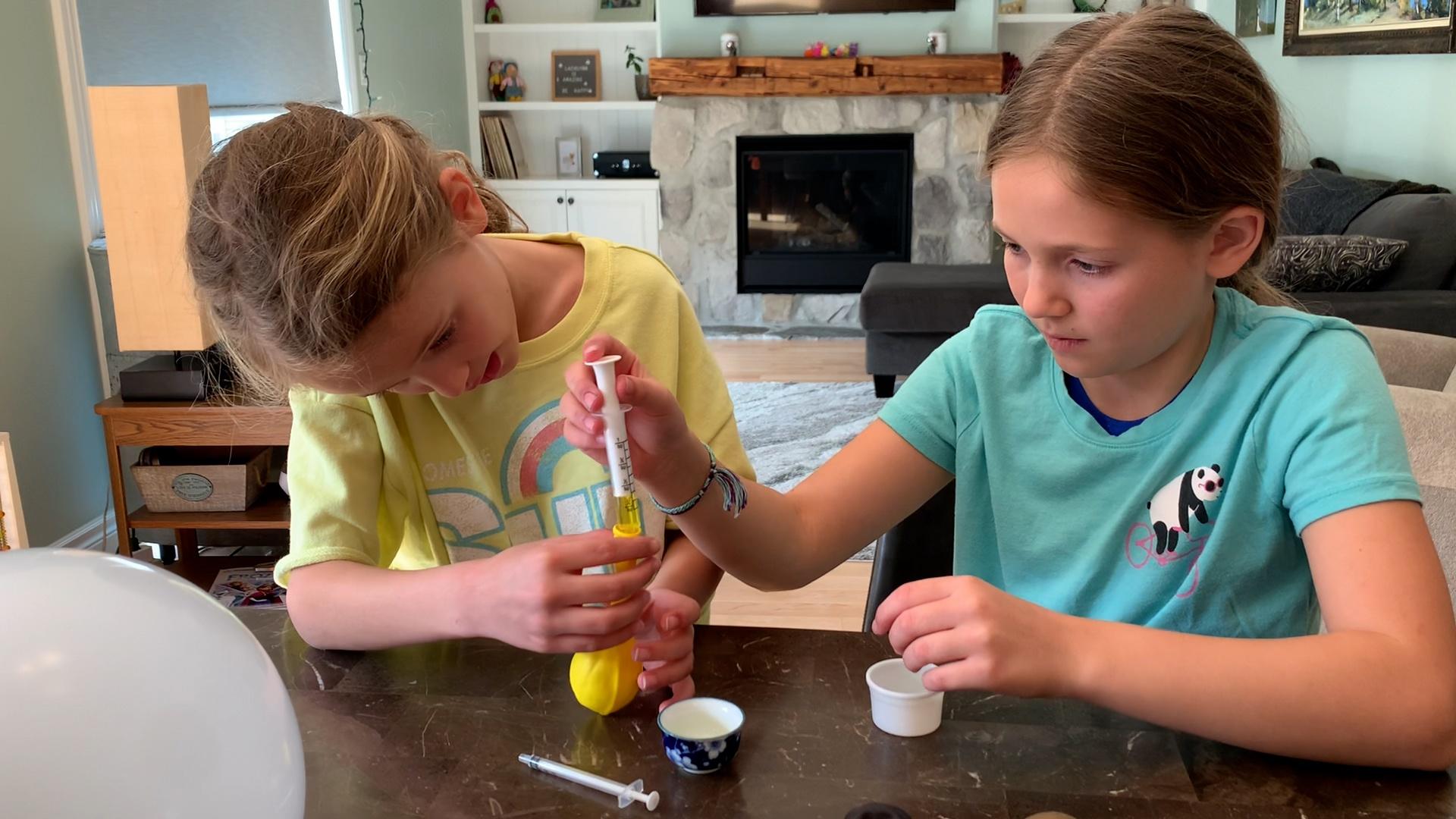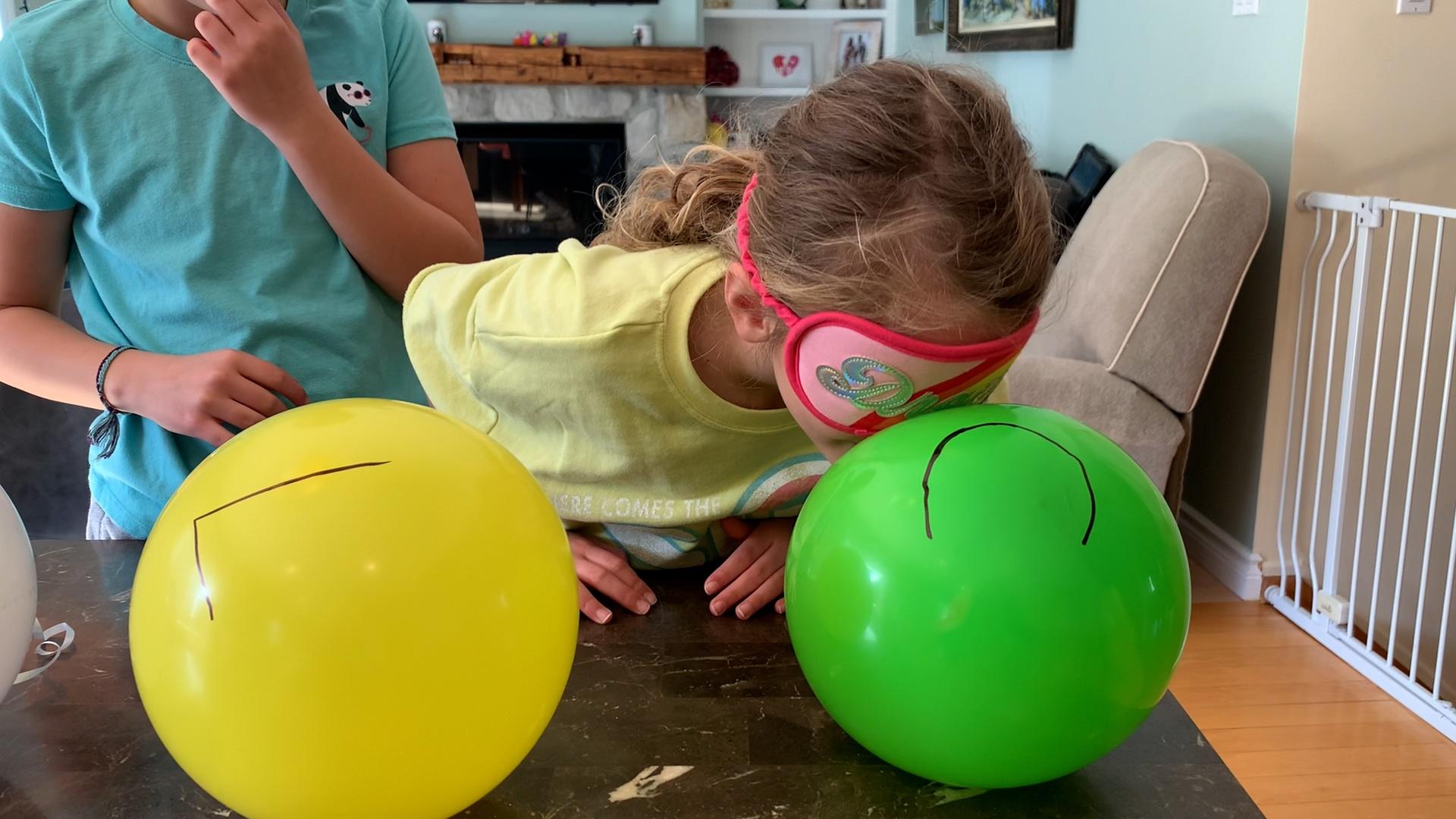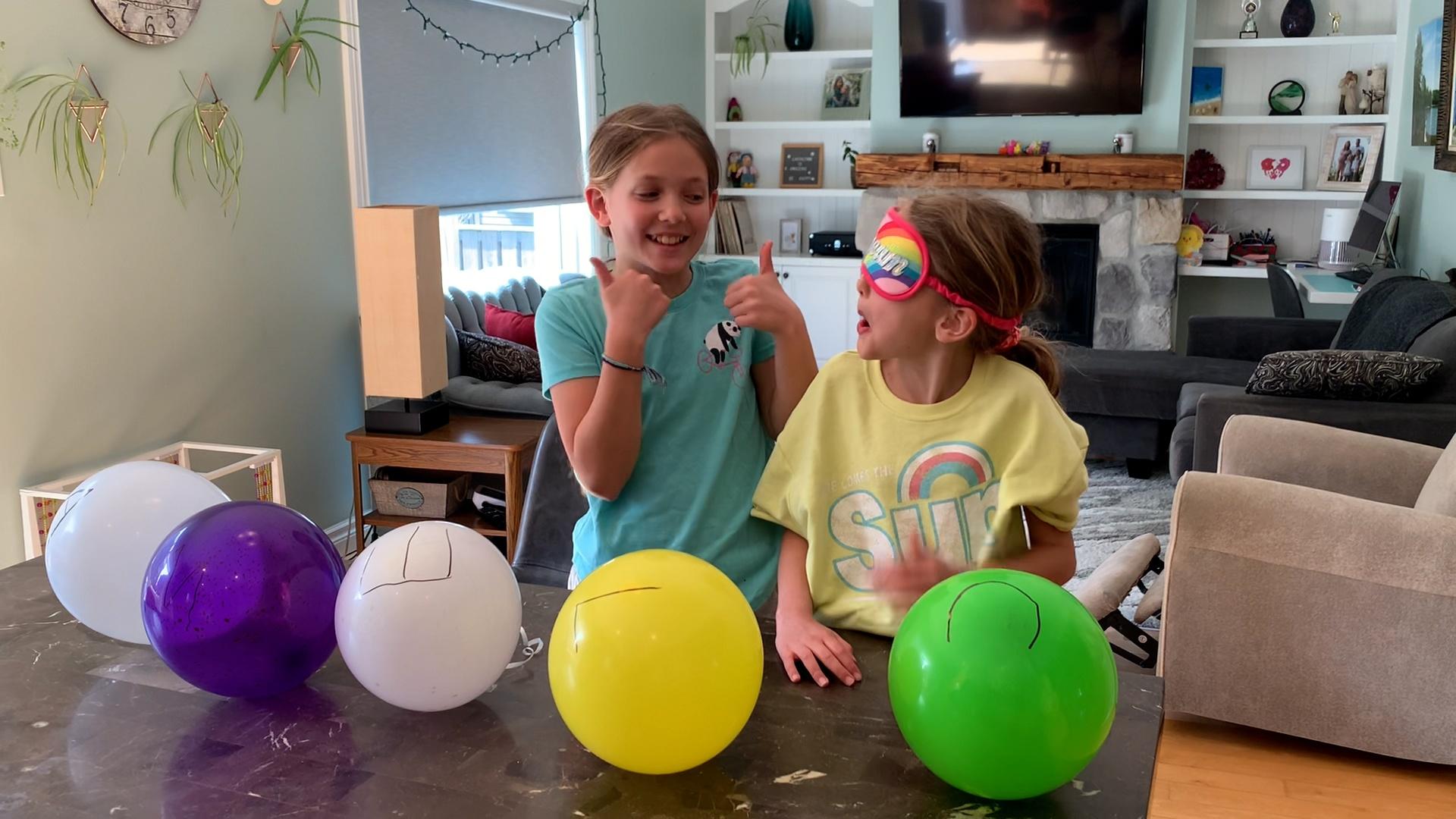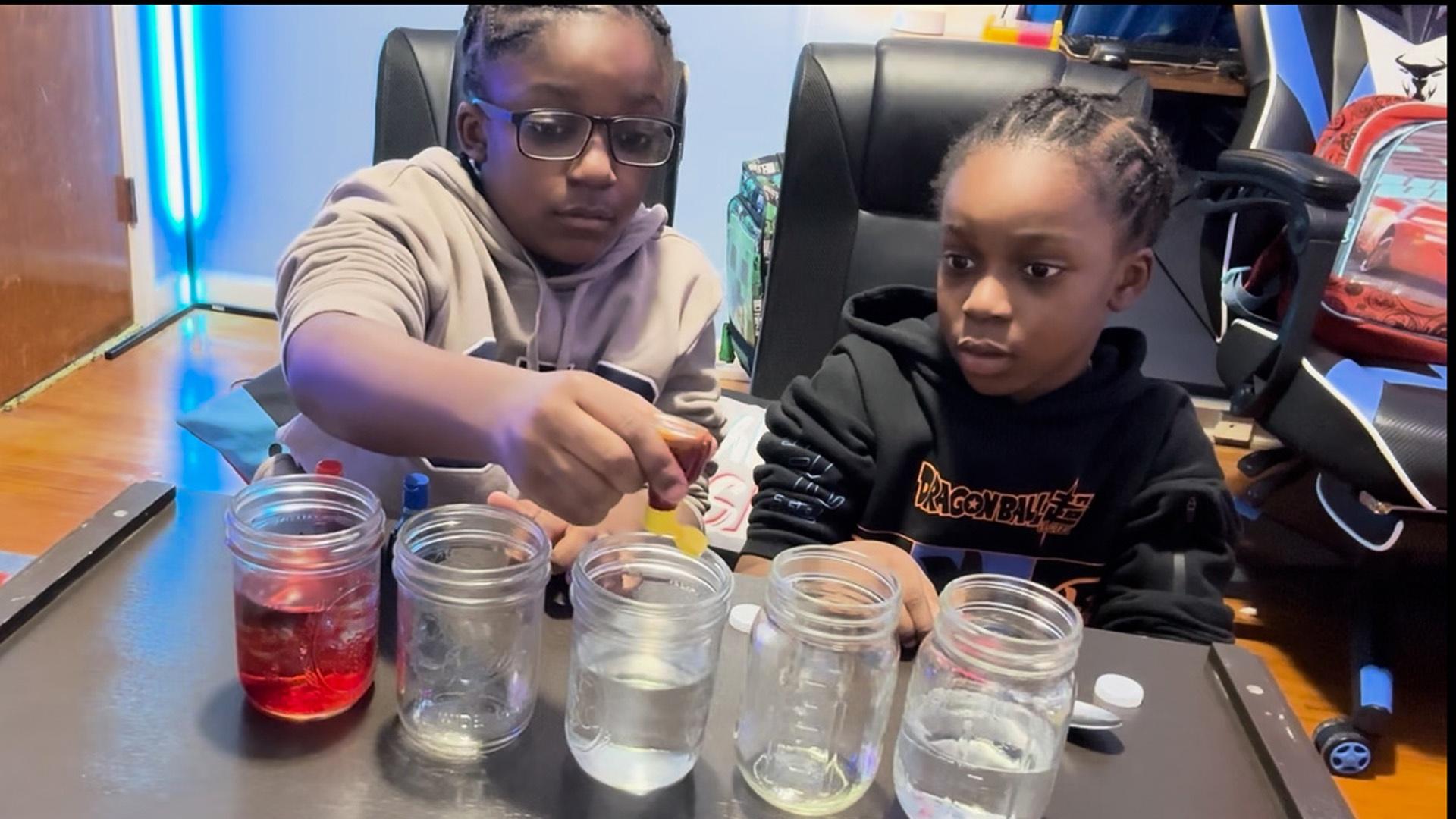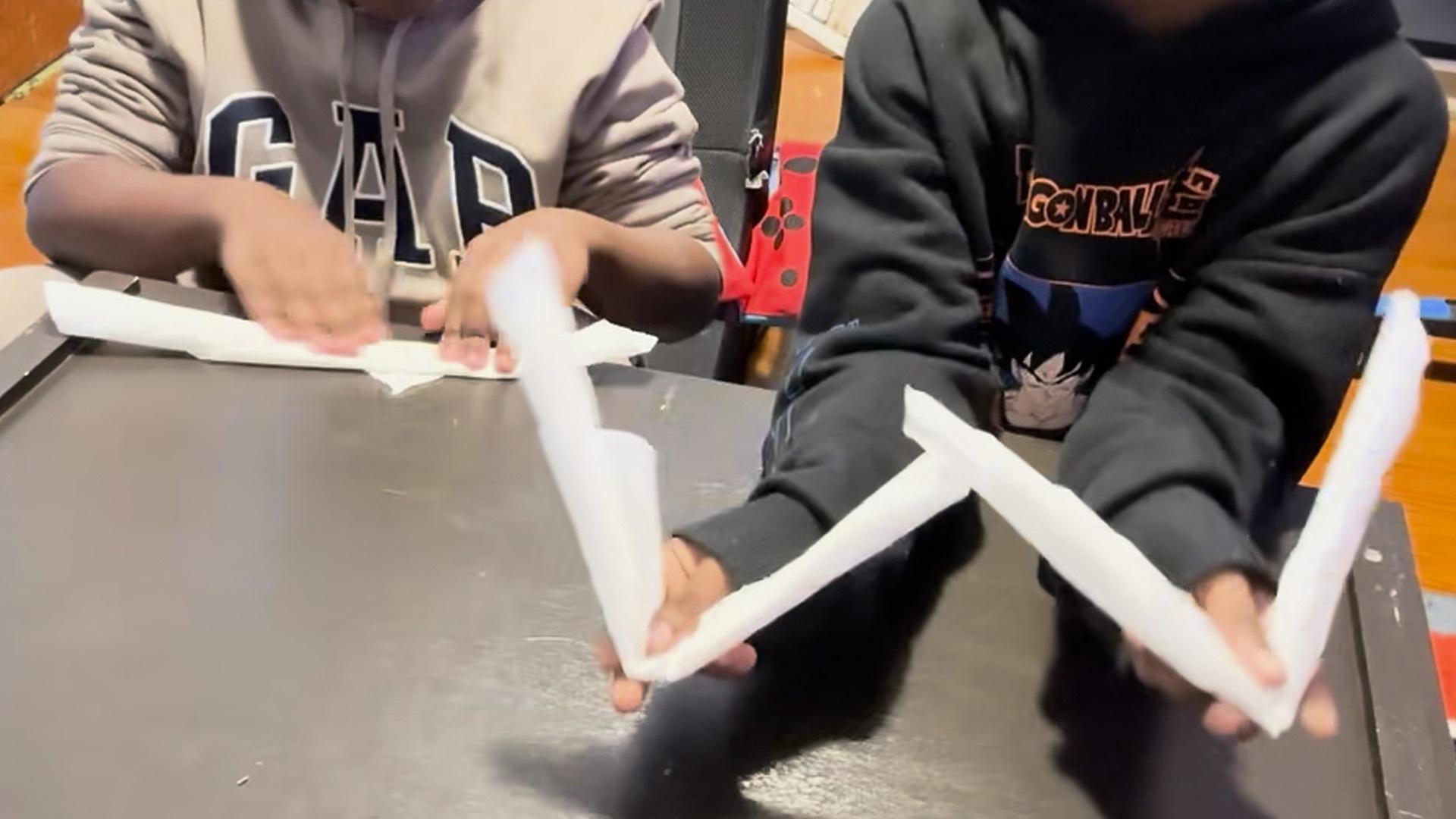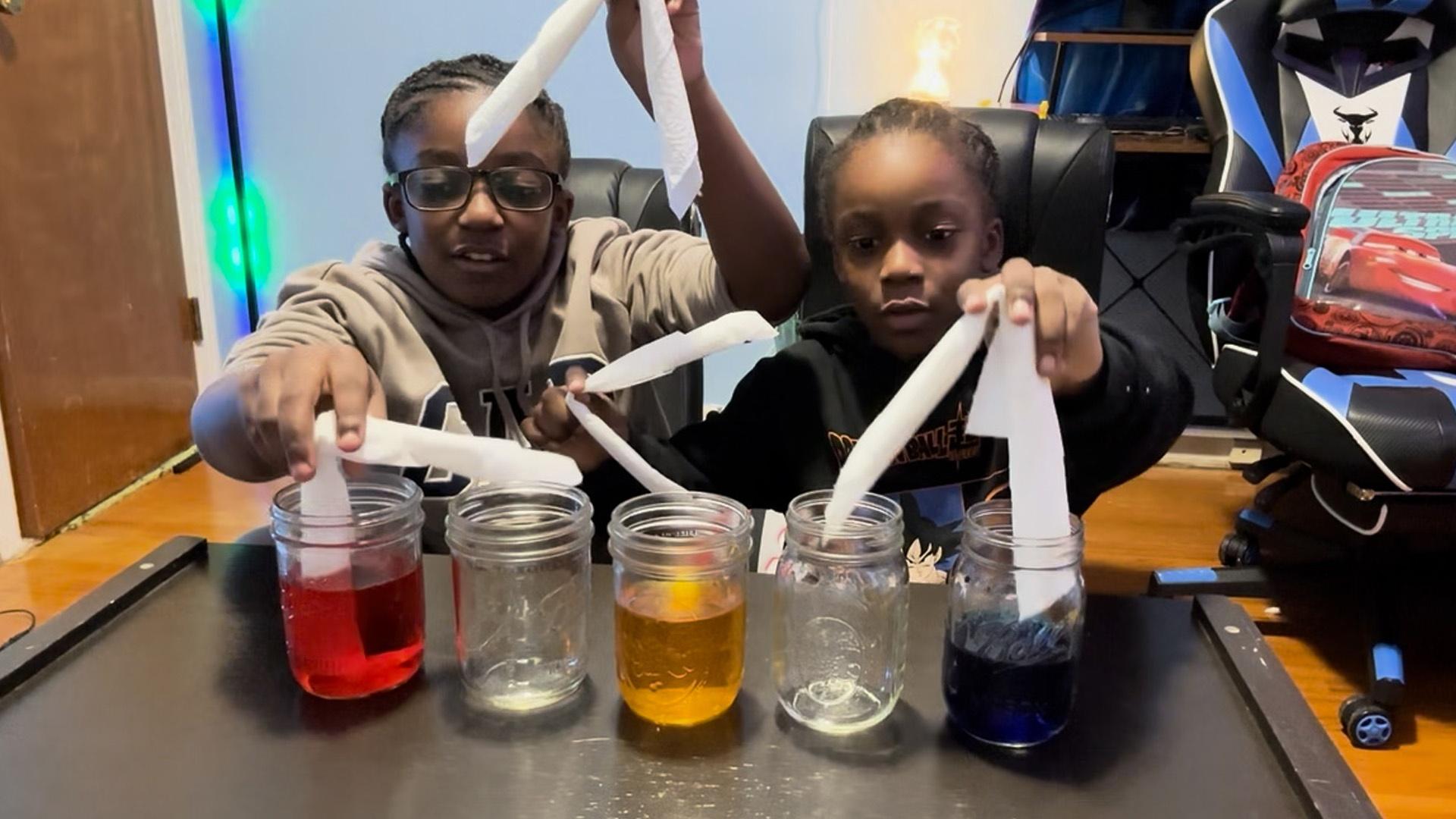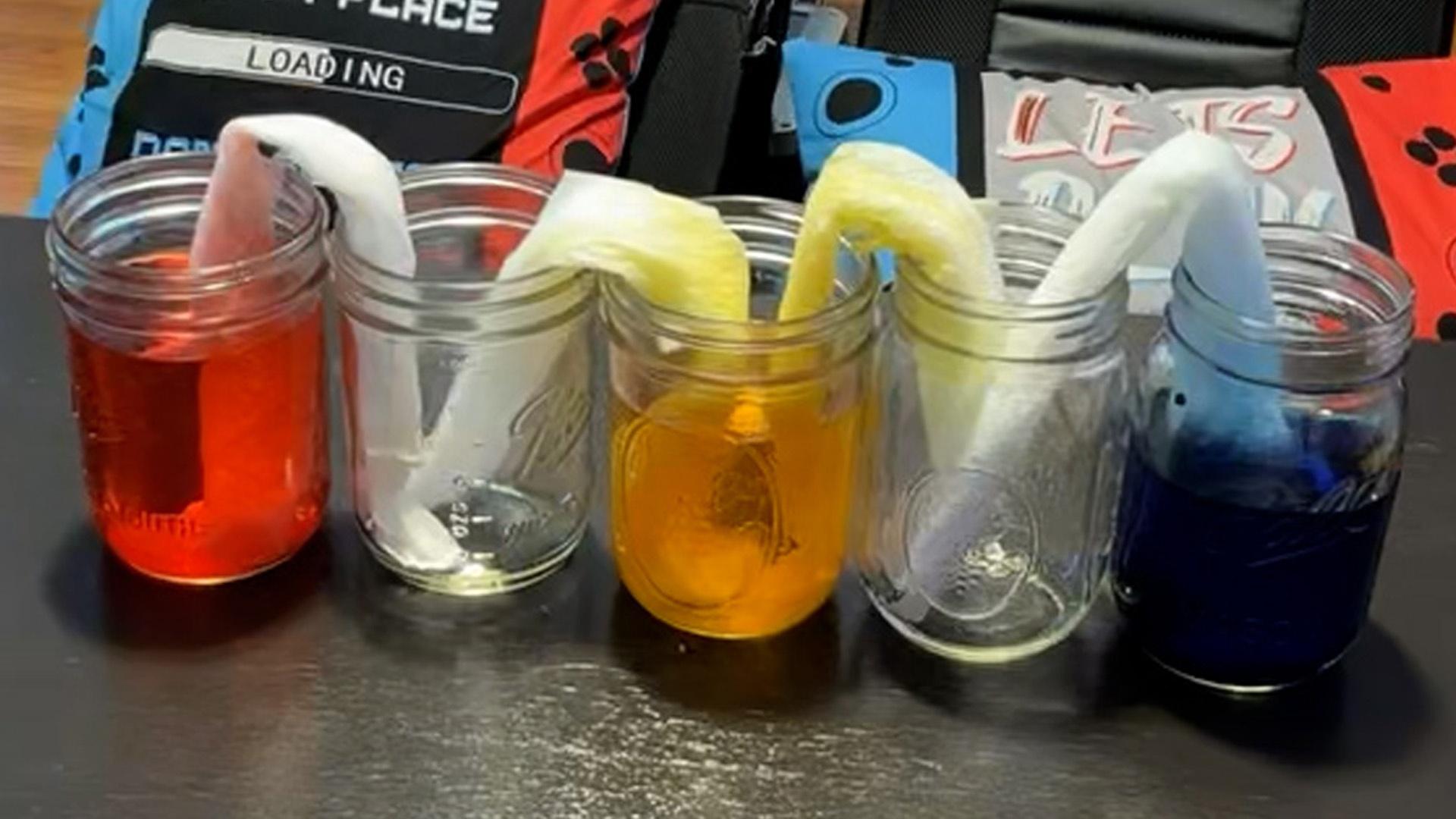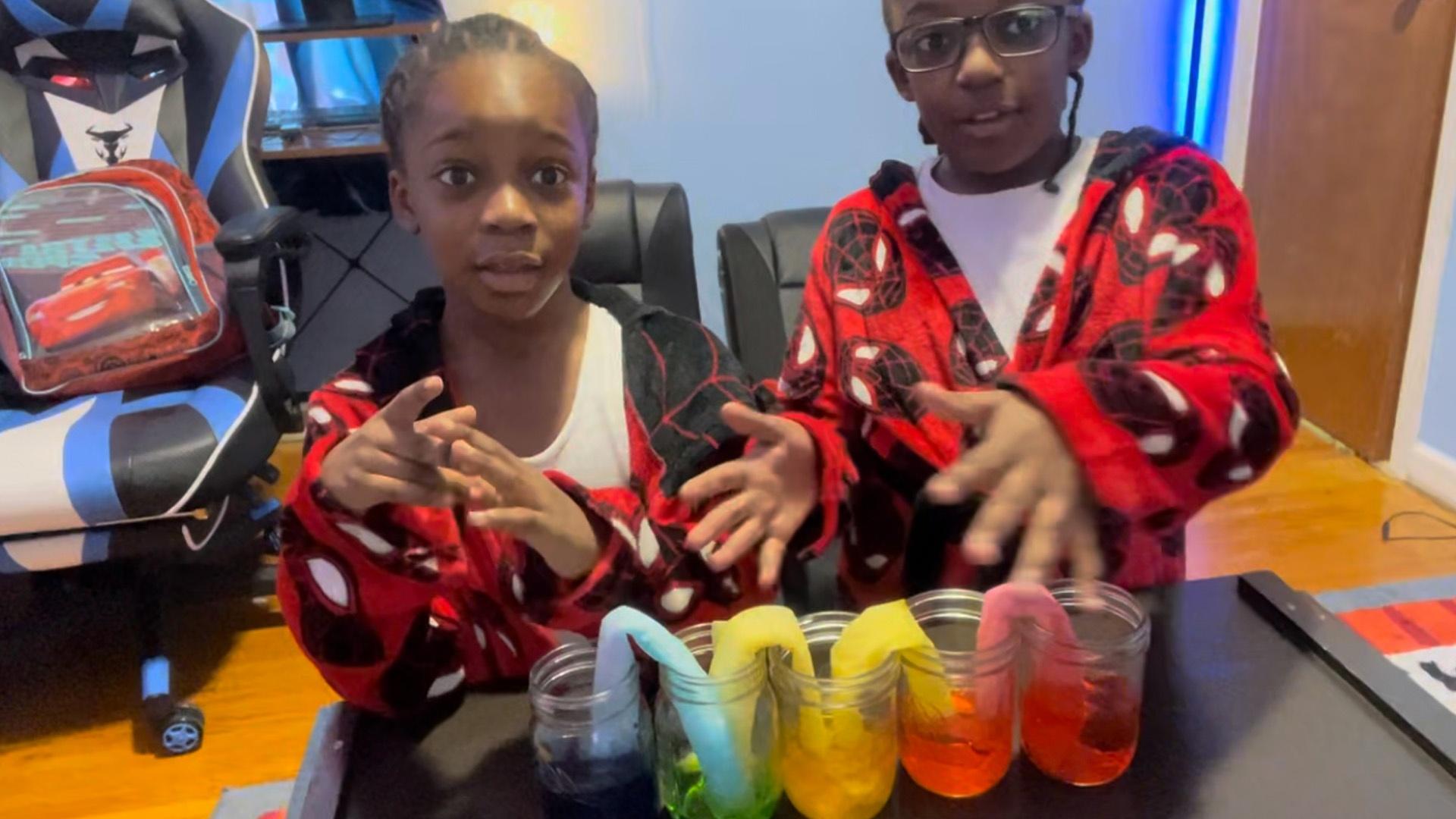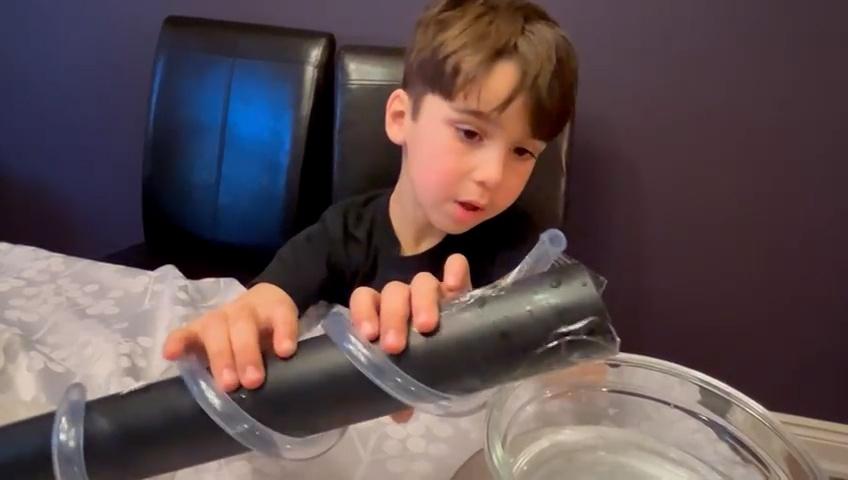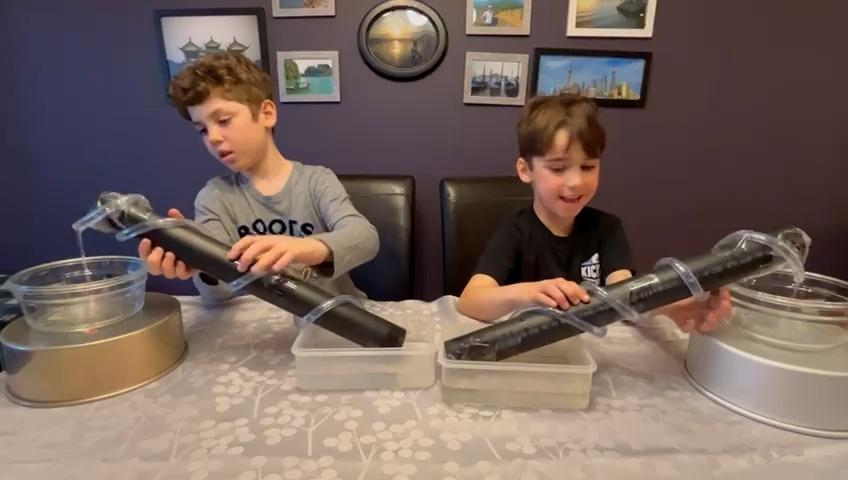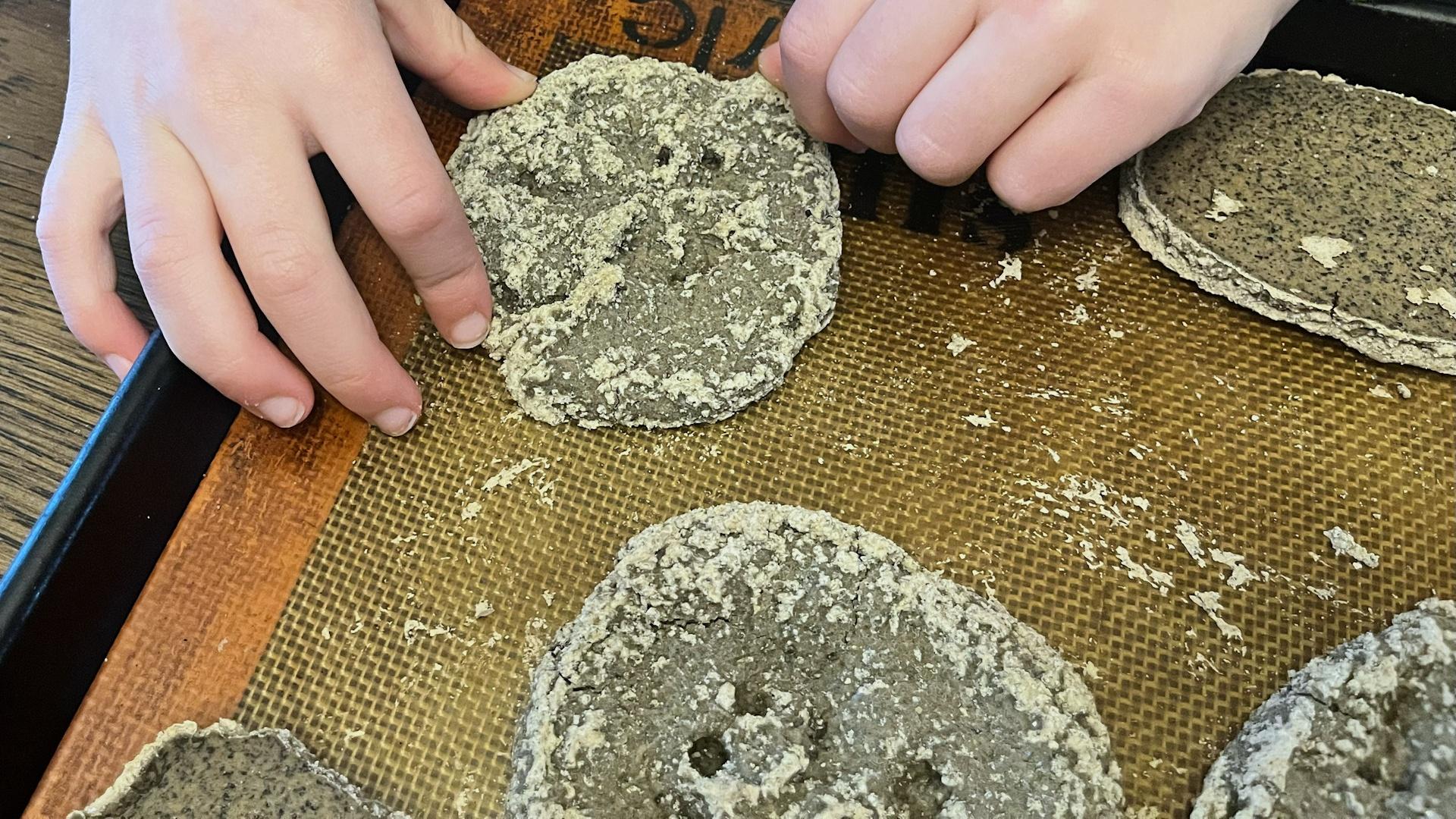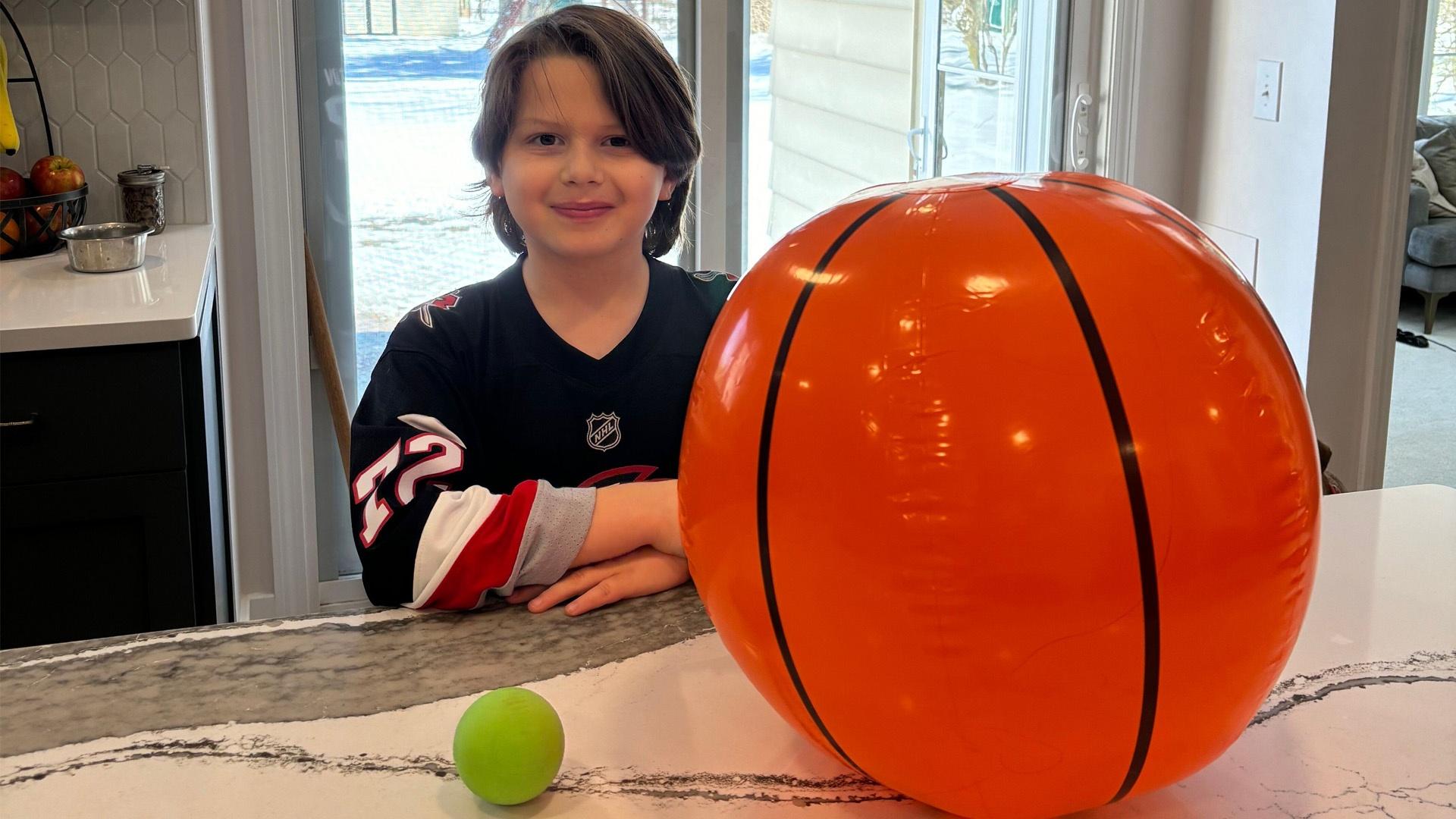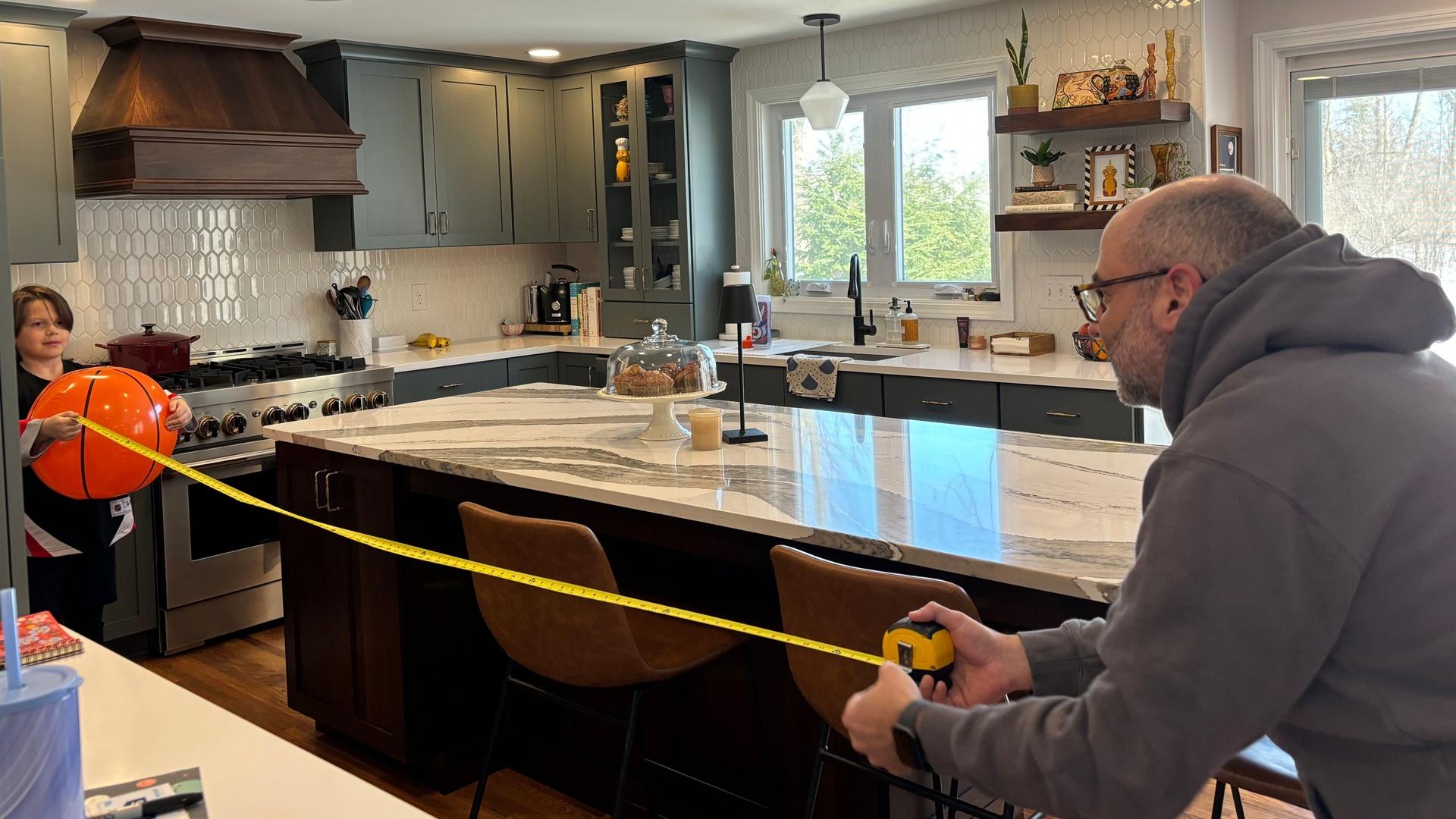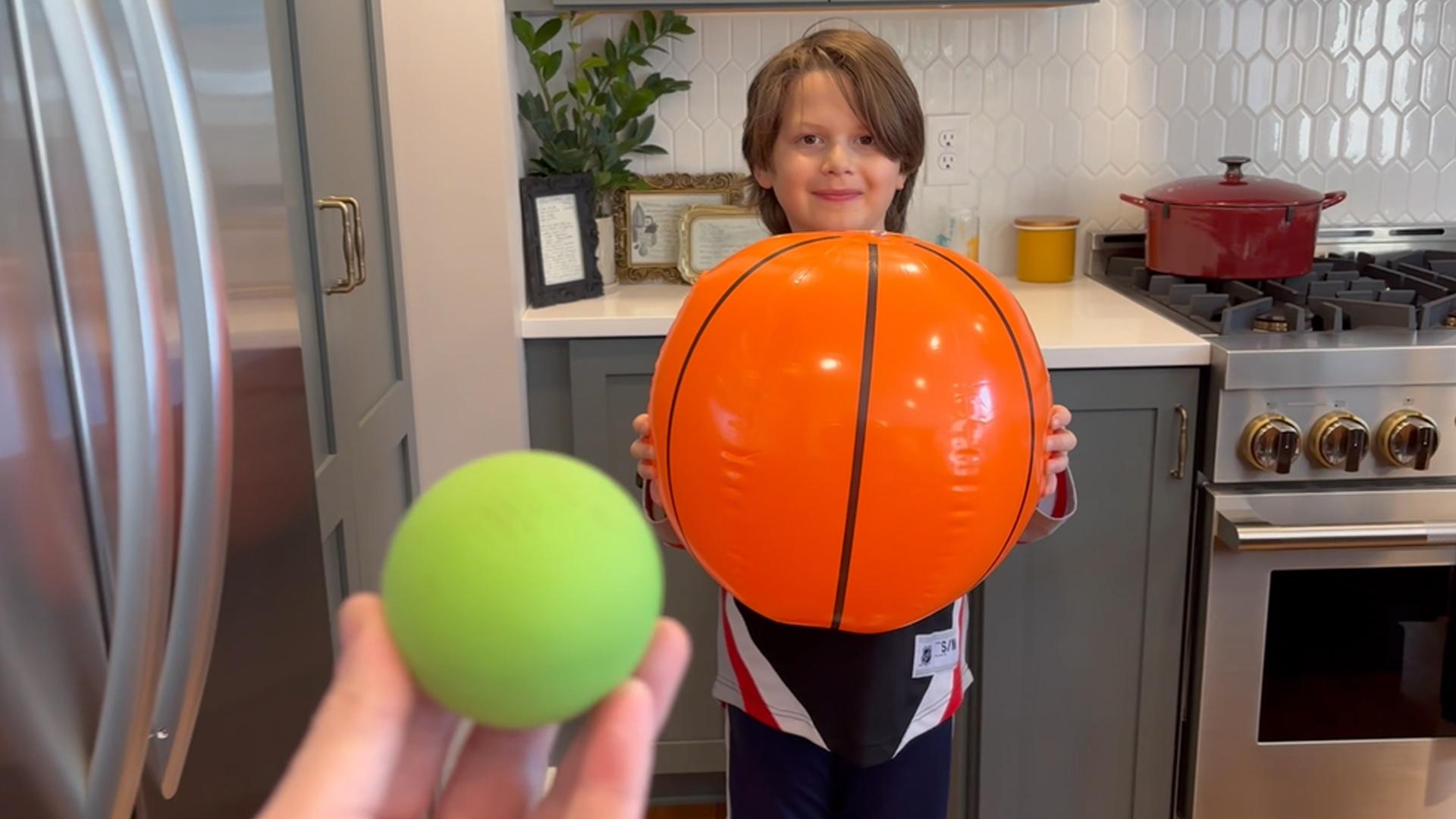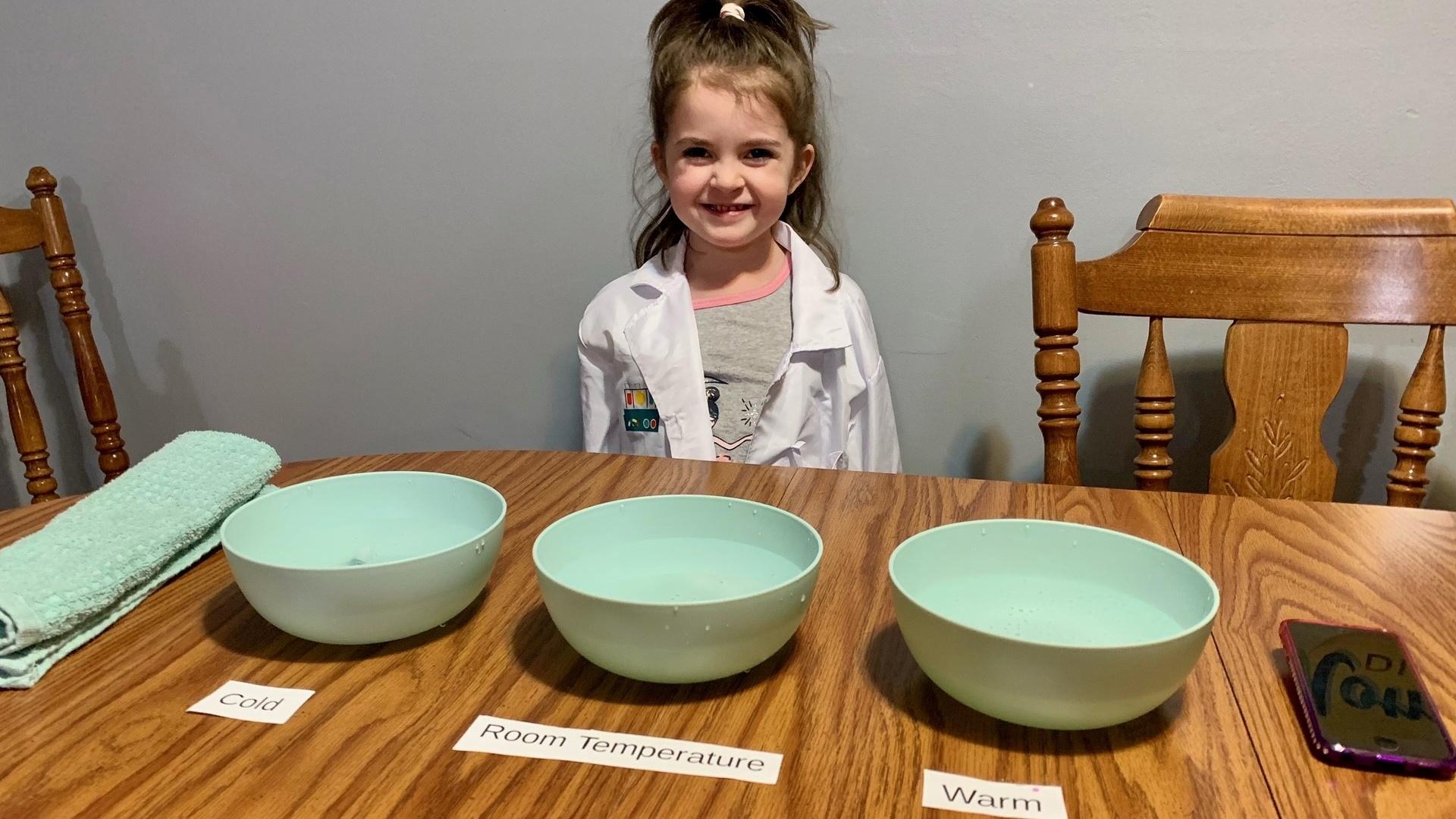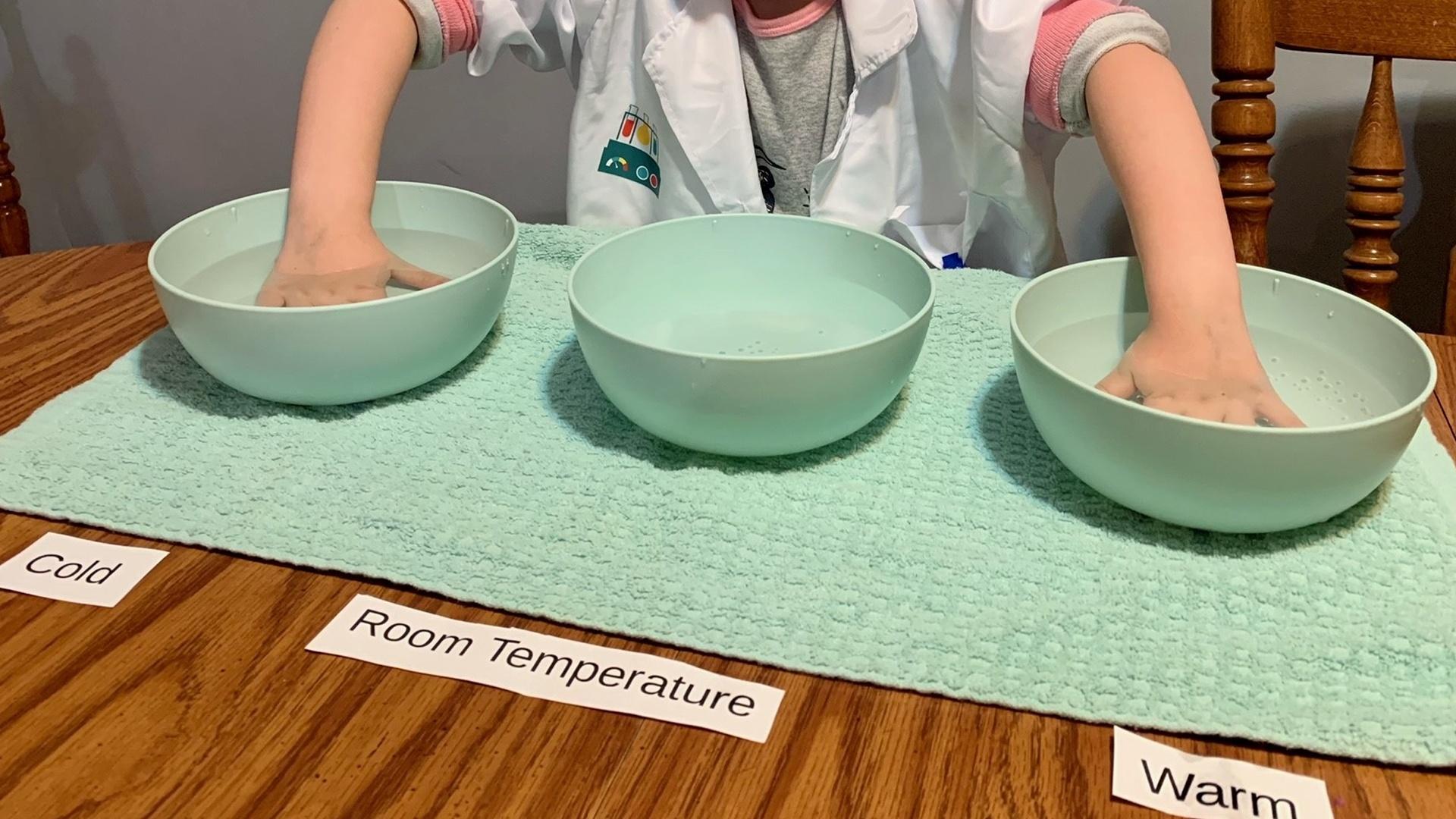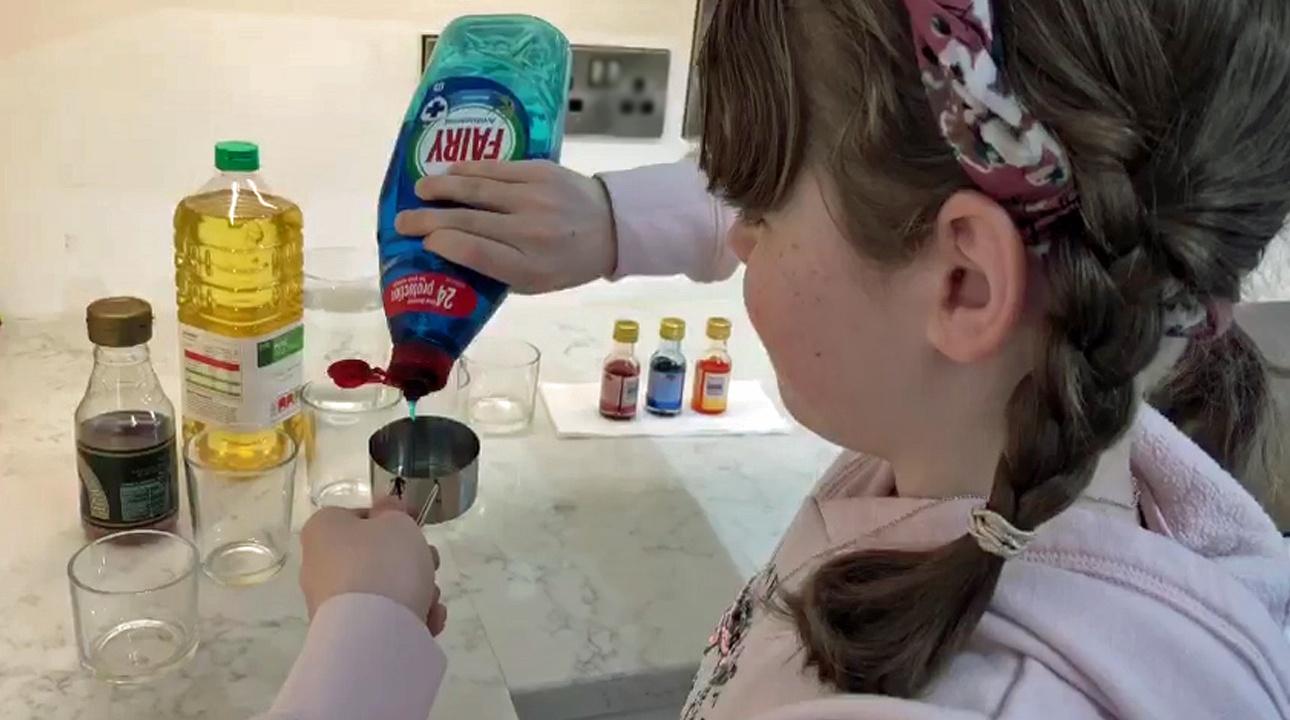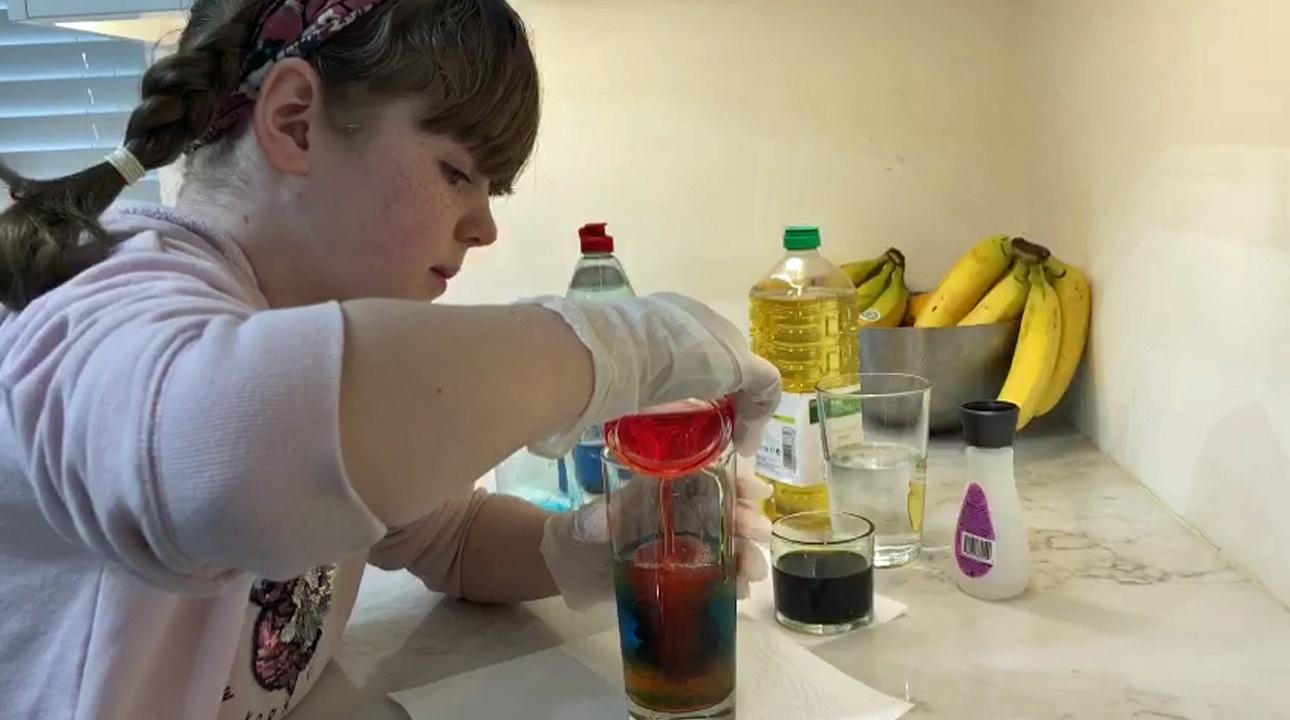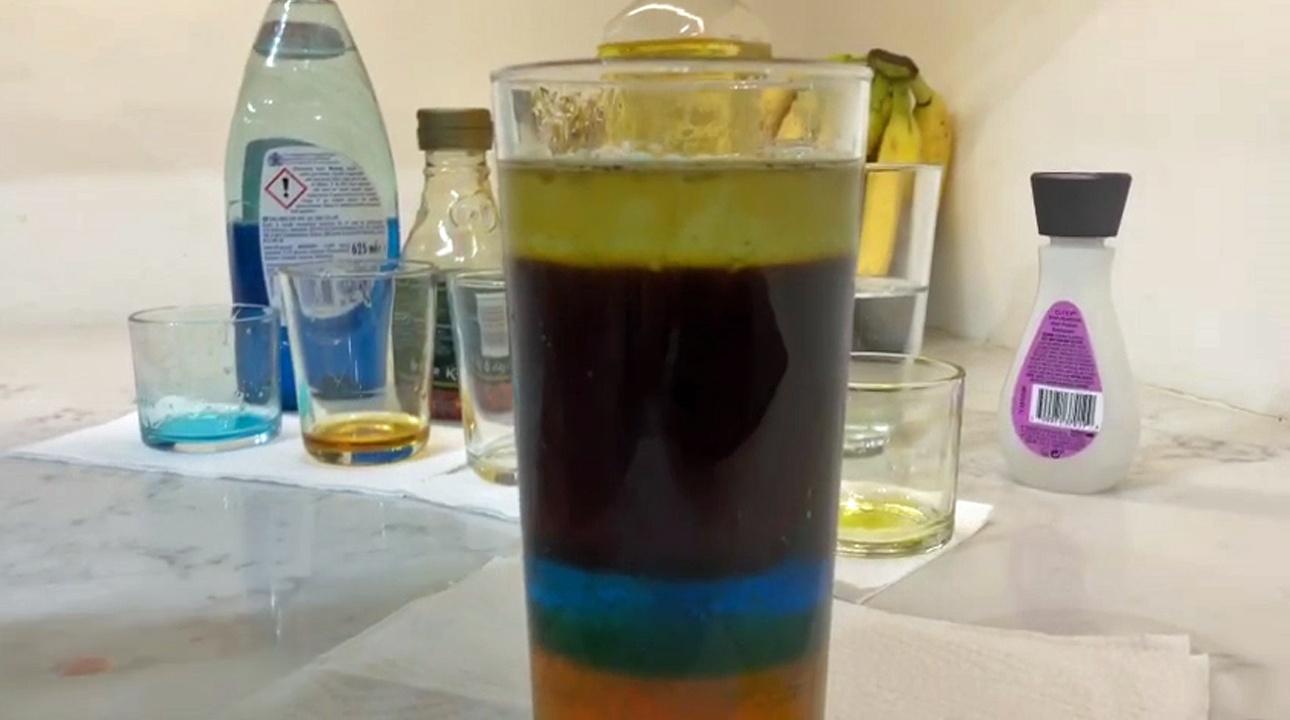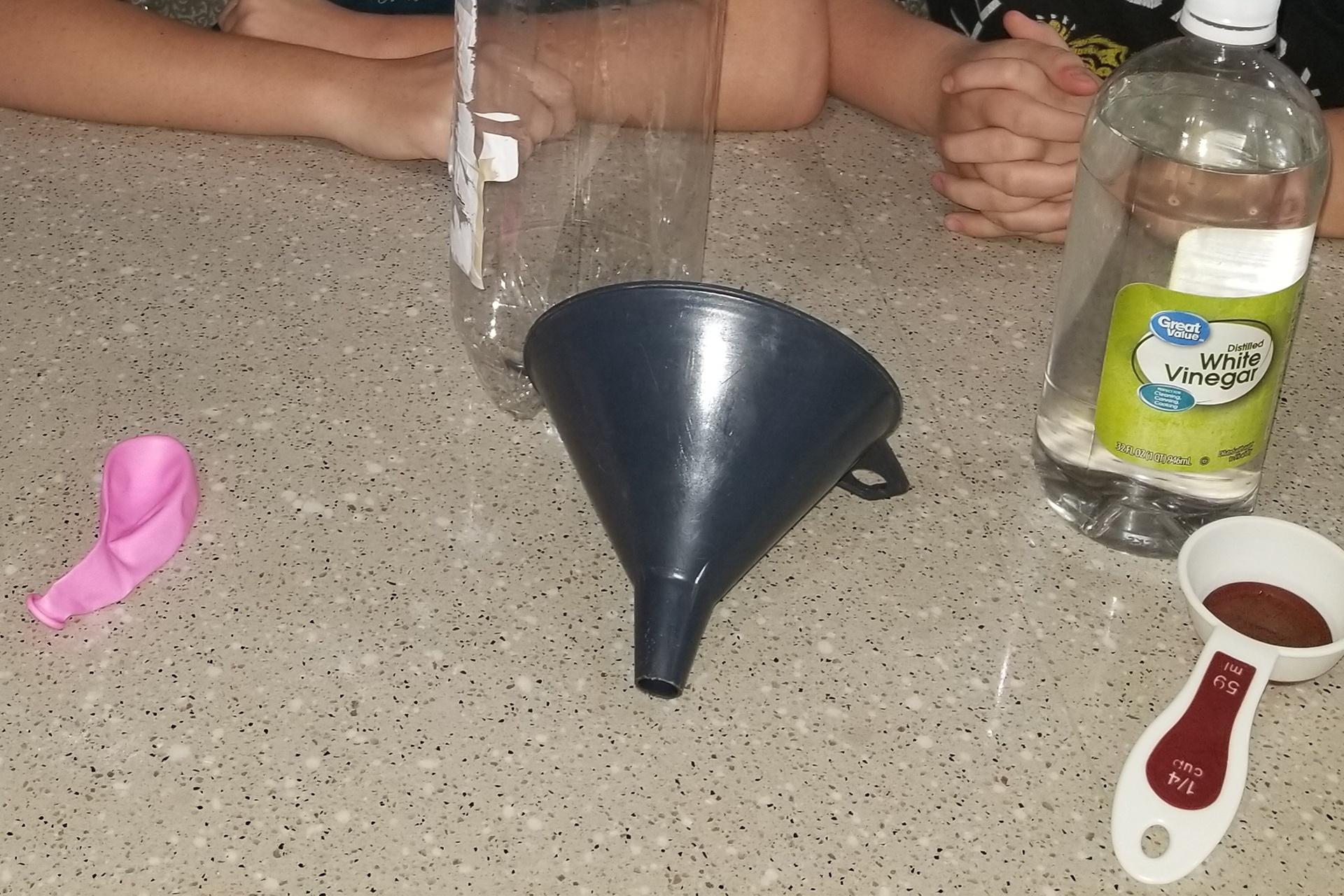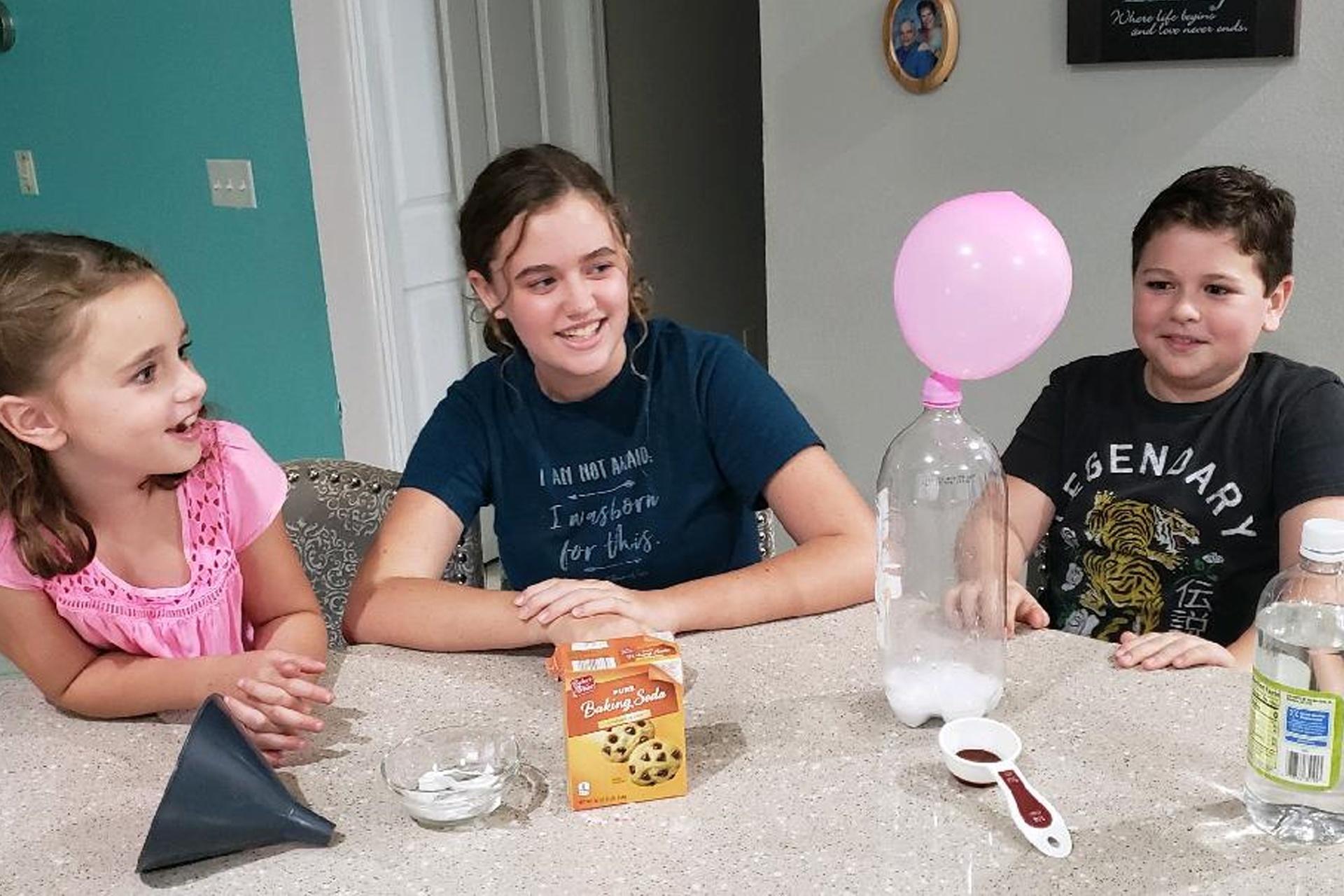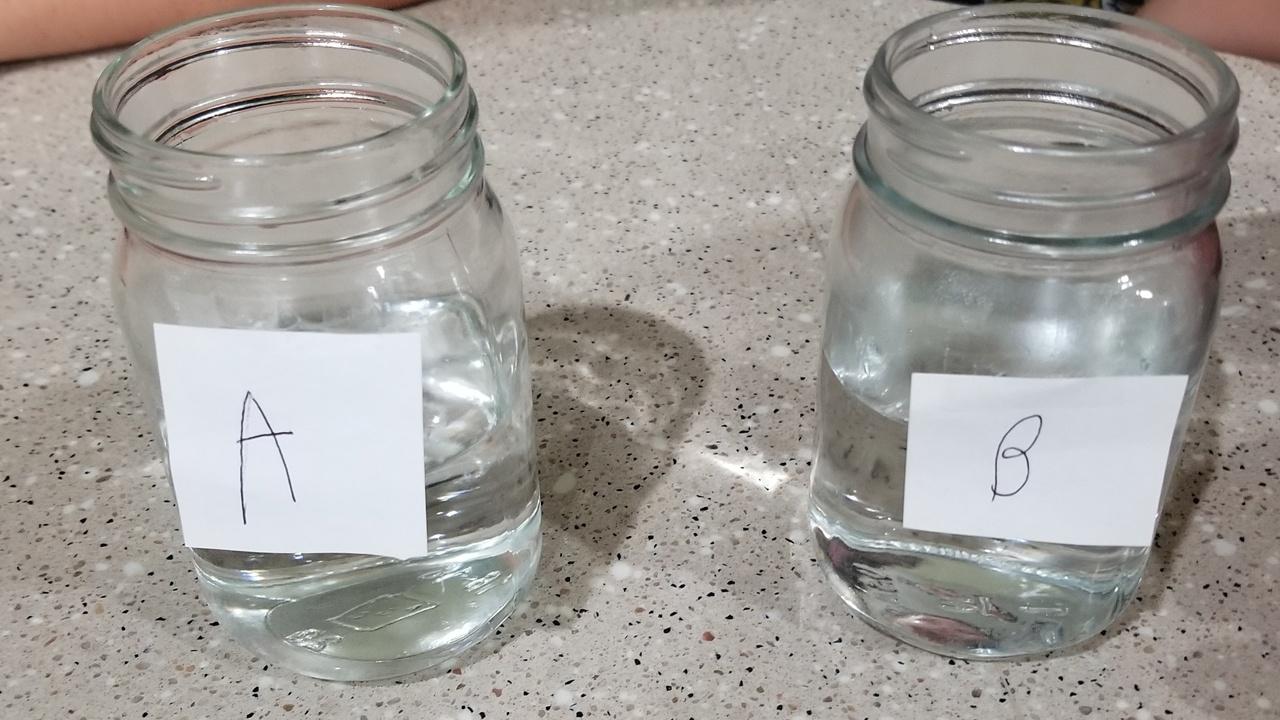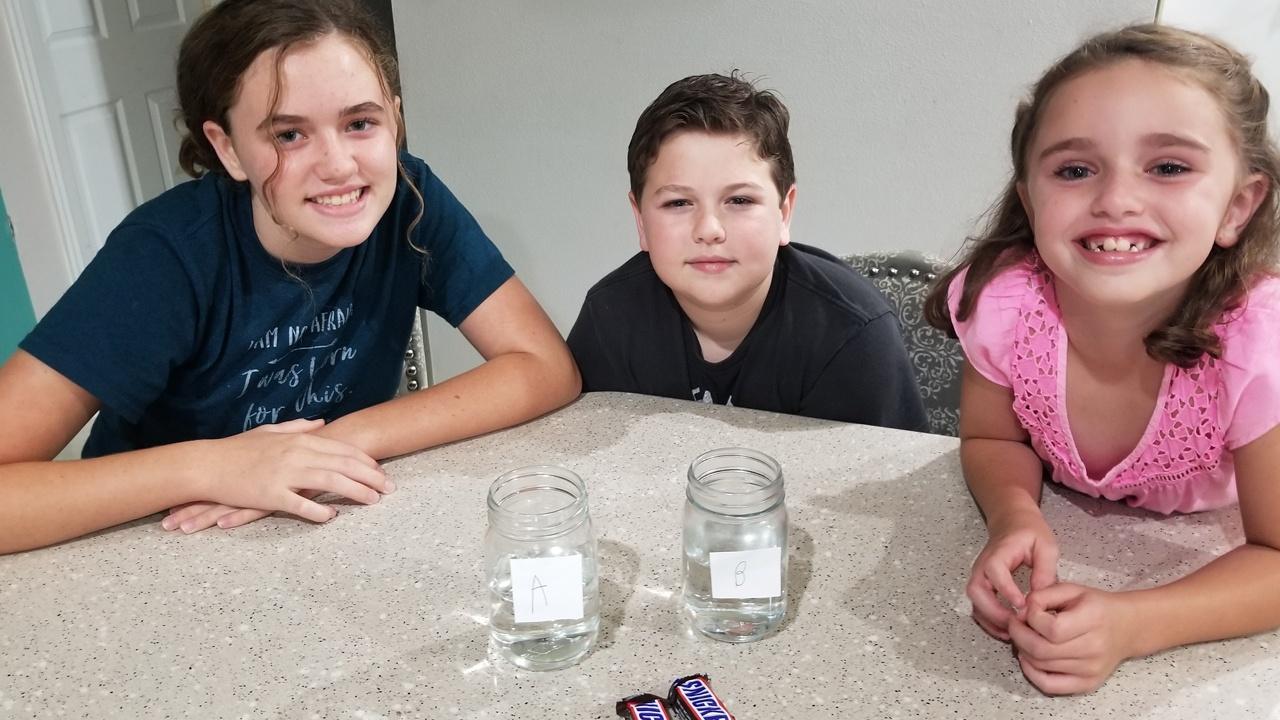My City Smells Like Cheerios | Biology
Topic: Senses, Diffusion, Motion of Molecules, Nanotechnology, Cell Membranes, Permeability
Viewer Challenge/At-Home Version: Smelly Balloons
It may be true that seeing is believing, but molecules are hard to see. Sometimes, however, we can smell them. Use your sense of smell to explore the world on the nanoscale.
Materials:
- Large round latex balloons (an assortment of colors is ideal)
- Variety of flavored extracts (vanilla, orange, mint etc.) * or different odor substances
- Eyedropper or plastic pipettes
- Paper and pen, pencil, marker or crayon.
- String and tape (optional)
* Flavor extracts can be pricey, so if you don’t have very many at home you have some other options. You can use essential oils mixed with some water, perfume, or cooking spices.
Directions:
- Collect different extracts you plan to use.
- Select balloons. If you plan to use 4 extracts, you will need 5 balloons (one extract per balloon, plus an empty balloon as a control).
- Select one person to prepare balloons and add the scents.
- Stretch each balloon several times with your hands before inflating. Inflate each balloon completely and then let the air out. This will also help to stretch out each balloon.
- Using a clean eyedropper pipette, place about 2 mL of the first extract into the balloon. Make sure the tip is well inside the balloon before squeezing to add the extract.
- Rub the liquid around so the inside of the balloon is coated, and then blow up the balloon and tie it shut.
- Using a new/clean eyedropper or pipette, place 2 mL of the next extract into a different colored balloon. Repeat this step until you have as many scents as desired.
- Blow up one colored balloon with no scent inside. Since latex balloons have their own odor, this will be used as a control.
- Record which extract is placed in each balloon.
- Optional: Tie a string to the end of the balloons and tape the strings to the table to help keep them in place.
- Ask participants to smell each balloon and predict which scent extract is inside.
Safety Precautions
Do not try this experiment if you are allergic to latex. Do not overinflate balloons.
How does it work?
Tiny scent molecules are leaking out of the balloons. You can’t see them, but you can smell them!
Your sense of smell works by identifying the shape of scent molecules. Molecules are made of particles called atoms that bond together. Everything in the world is made of atoms, including the balloon you’re holding and the scented air inside it.
Scent molecules are so small that they can travel through the balloon’s semipermeable membrane. In fact, they’re so tiny that they’re measured in nanometers! A nanometer is a billionth of a meter.
Air gradually leaks out of a tied balloon because the molecules inside the balloon move through the pores of the balloon’s skin, in a process known as diffusion. Air always diffuses from areas of higher pressure to areas of lower pressure. An inflated balloon has greater air pressure than the air around it, so the air inside the balloon gradually escapes.
Nanoscale science focuses on the building blocks of our world, atoms and molecules. Scientists use special tools and equipment to detect and manipulate tiny, nanometer-sized particles.
In the field of nanotechnology, scientists and engineers make new materials and tiny devices. Researchers are creating tiny, nanometer-sized sensors that can detect very small concentrations of chemicals. Some of them work the way your nose does: by detecting the different shapes of molecules in the air.
New York State P-12 Science Learning Standards
The content in these videos and accompanying activities touch upon various concepts from the New York State Science Learning Standards.
Grade 5
- Structure and Properties of Matter
Middle School (Grades 6-8)
- Structure and Properties of Matter
- Chemical Reactions

